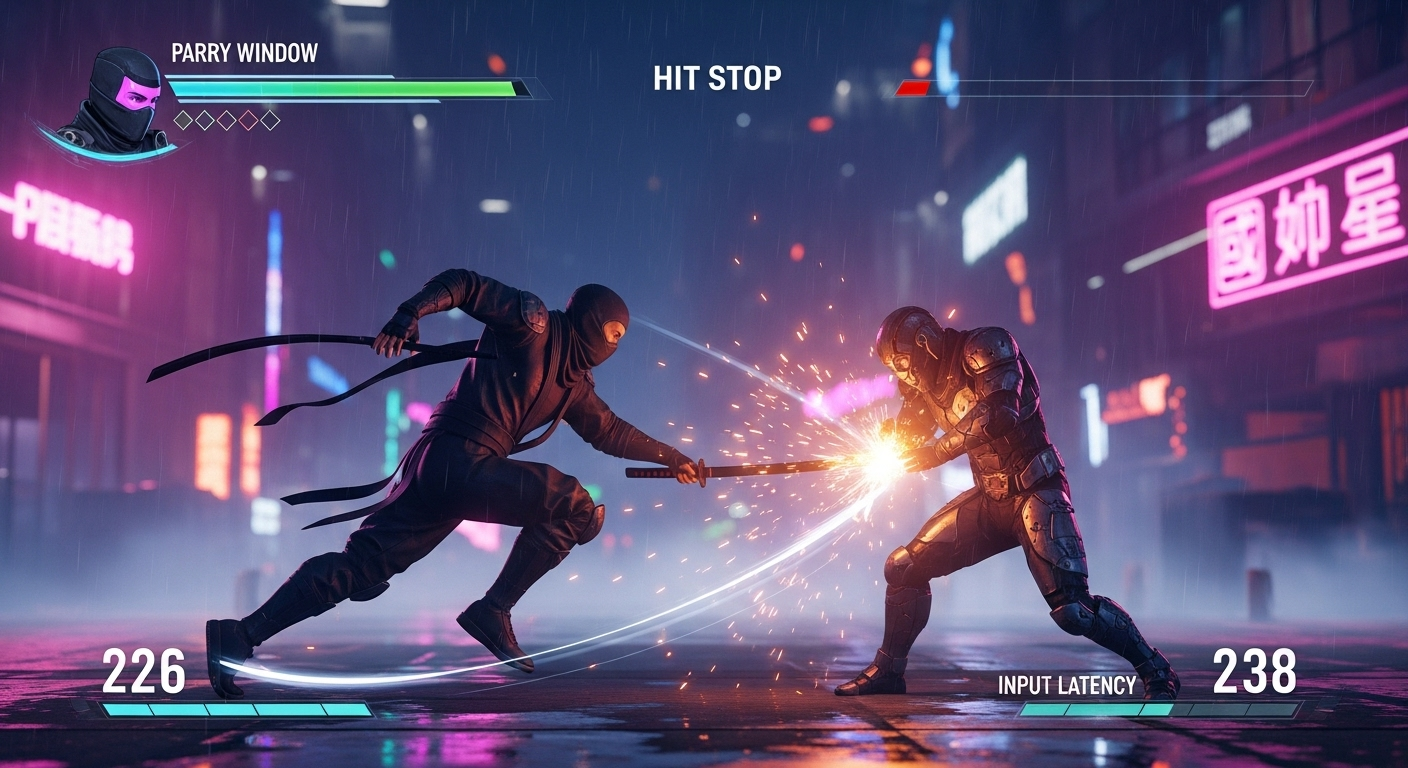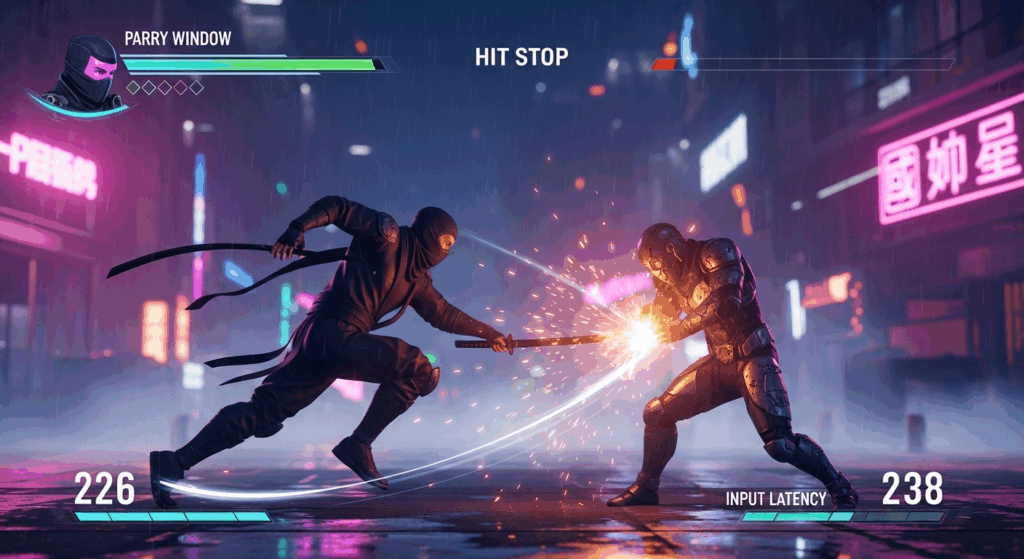Precision, Not Nostalgia: The Real Power-Up in Retro Ninja Reboots
The real final boss in retro-styled action games isn’t the katana-wielding boss—it’s input honesty. A slick new ninja throwback has gamers buzzing, and the discourse is familiar: looks era-perfect, plays like a coin-op, but some deaths feel… off. That’s not “hard.” That’s opacity. Difficulty we respect; guesswork we refund.
Old-School Hard vs. Cheap Shots
The classics were brutal, but they were readable. You learned patterns because the game telegraphed danger with clear wind-ups, sound cues, and consistent timing. When a modern throwback serves mushy parry windows, ambiguous enemy tells, or camera jitters that hide threats, the challenge morphs into gotchas. If you can’t parse an attack until the hit lands, you’re not being tested—you’re being taxed.
Three Pillars of Fair Combat
Telegraphs: Every big enemy move needs a distinct start-up animation and audio sting. Different attacks shouldn’t share the same shrug. Hit-stop: Micro-pauses on impact sell weight, confirm you connected, and help you chain the next move. No hit-stop means floaty spam; too much means molasses. Cancel windows: Let skilled players bail out of bad commitments when they read a punish—roll cancels, jump cancels, parries into counter. Add consistent i-frames and tight, documented parry windows. Cap it all with low end-to-end latency and clean frame pacing so inputs land when your brain expects.
Play Smarter: A Latency and Settings Checklist
Before you buy, try a demo or watch input-latency tests from trusted reviewers. In-game, switch to Performance Mode, turn on “Game Mode” on your TV, cap motion blur, and use a wired pad if possible. Favor weapons or movesets with clear tells and quick recoveries. Most importantly, protect your wallet: use refund windows if combat feels opaque after an hour, and watch patch notes for fixes to timing, buffers, or camera behavior.
Devs: Precision Is a Feature, Not a Patch Note
Retro isn’t a filter—it’s a contract. Budget generous, consistent timings; expose frame data in training; add input buffers and input display overlays; target sub-80ms end-to-end latency; and playtest reads with fresh eyes. If players die, they should know exactly why. Nostalgia gets the click; precision earns the keep. What’s the fairest “hard” game you’ve played—and the last time “difficulty” felt like a scam?
Related Articles:
If you like this topic and are interested in similar information. Please check out this article from the Internet.
‘Shinobi: Art of Vengeance’ Review: A Master Ninja’s Odyssey Is Gloriously Reborn www.slantmagazine.com/games/shinobi-art-of-vengeance-review/
August 25, 2025



